Some plants require serious work. You can’t just put them in a corner and water them once a week (if you remember). They need the temperature to be just so, the soil to have a specific degree of acidity, sunlight at just the right hours, water to come in just the right amounts. So, if you can’t seem to keep plants alive, you can take comfort in the fact that maybe it’s not you – it’s them. If you have a green thumb and are up for the challenge, though, these are the 20 most high-maintenance plants. Can you handle them?
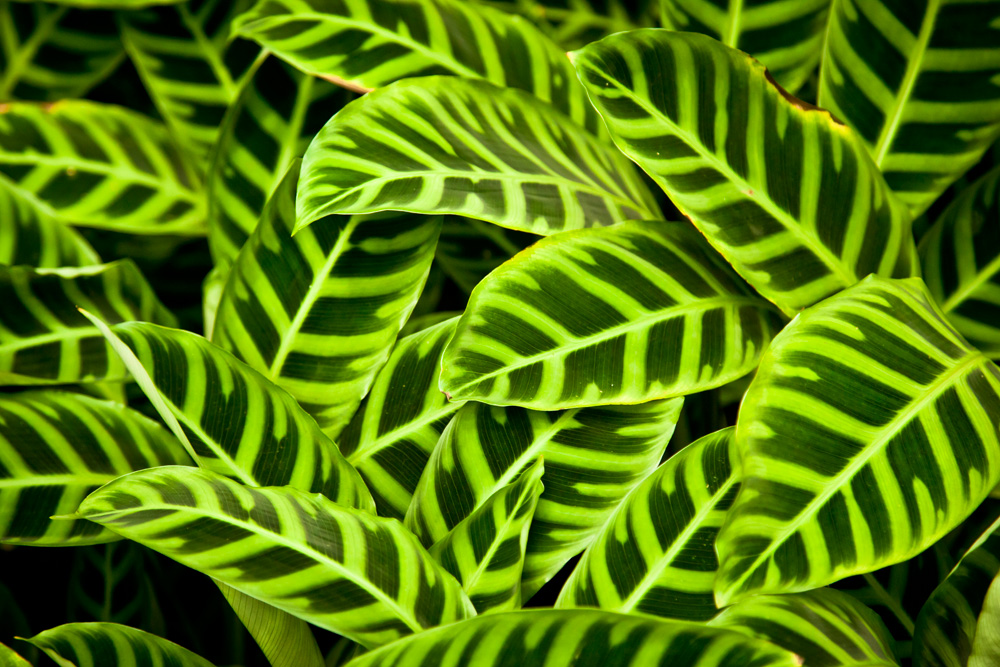
Calathea (Calathea spp.)
Calatheas are native to the tropical parts of the Americas. They’re susceptible to diseases like root rot and are sensitive to too much or too little water. They’re also sensitive to salt, so when you do water them, you need to use filtered water. However, these high maintenance houseplants have a redeeming quality: they do well in low light conditions.

Zebra Plant (Aphelandra squarrosa)
Native to the Atlantic forests of Brazil, the zebra plant likes lots of indirect light. It requires constant temperatures of around 21°C and high humidity. You also need to check the moisture content in the soil regularly. If the soil becomes too dry, the zebra plant’s leaves will droop.
Related: 20 Plants That Are Safe for Children, Cats and Dogs
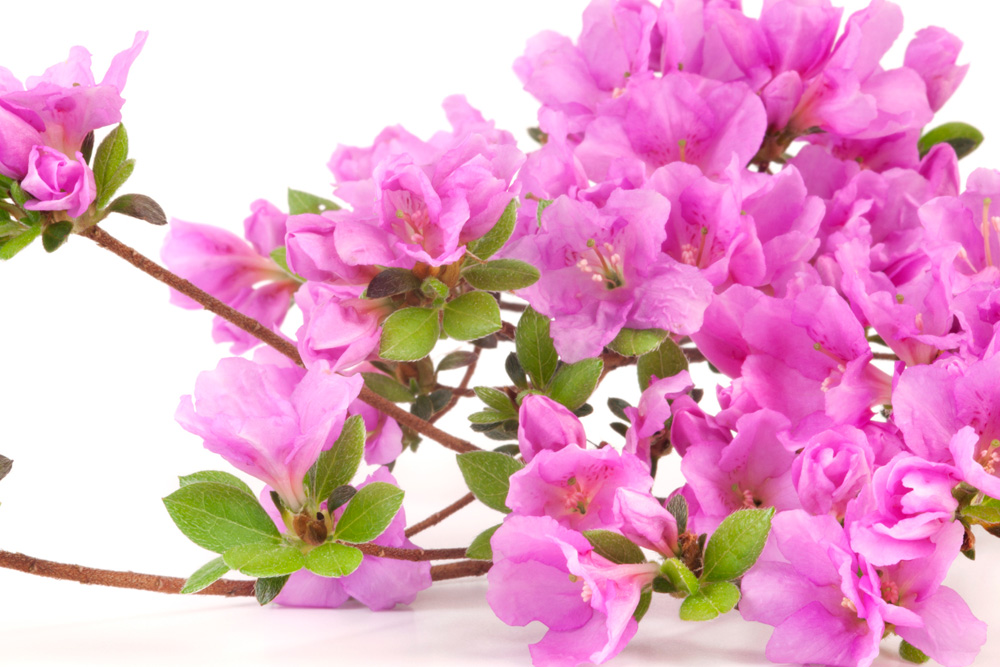
Azalea (Rhododendron spp.)
Azaleas are a type of rhododendron. They’re prone to disease though; and indoor azaleas are particularly difficult to grow. They need cooler temperatures of around 18°C and lots of humidity. You may also have to add vinegar to the water to keep the soil slightly acidic. If this isn’t enough to put you off, remember that all rhododendron species are plants that are poisonous for children, cats and dogs.

Orchid (Orchidaceae)
There are some 28,000 species of orchid and the one thing they all have in common is their reputation for being the divas of the plant world. These high maintenance flowers need lots of direct sunlight, but are sensitive to too much heat. At least they only need watering about once a week and some types, like moth orchids, are plants that will flower in winter.
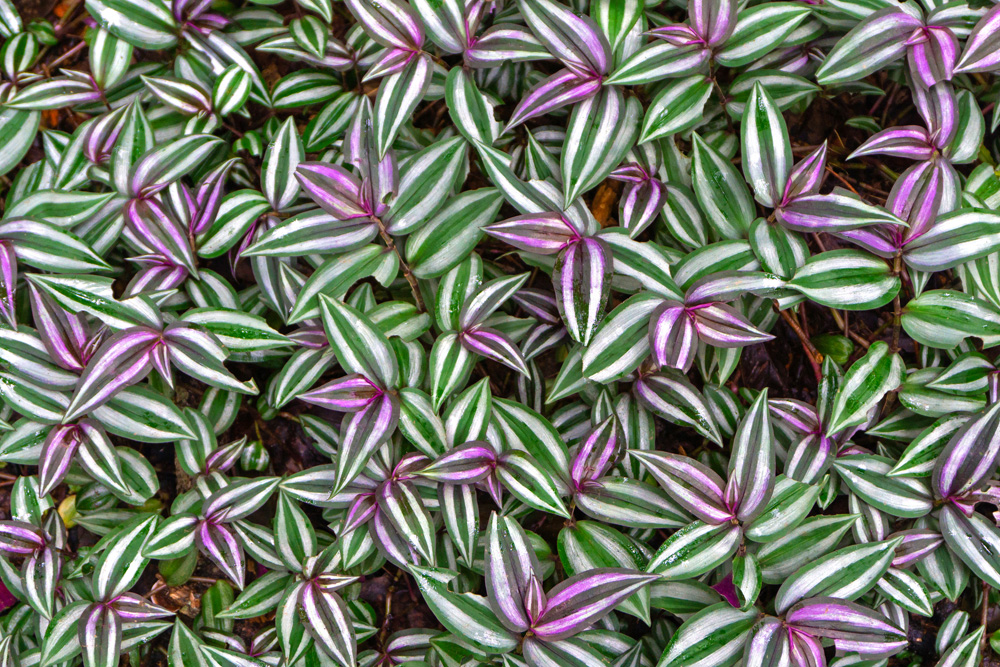
Wandering Jew (Tradescantia zebrina)
The wandering Jew, also known as the inchplant, doesn’t require anything particularly special in terms of light, water or temperature, except protection against frost. However, what makes this a high maintenance plant is that to keep it looking great, you constantly need to pinch back the growing tips.
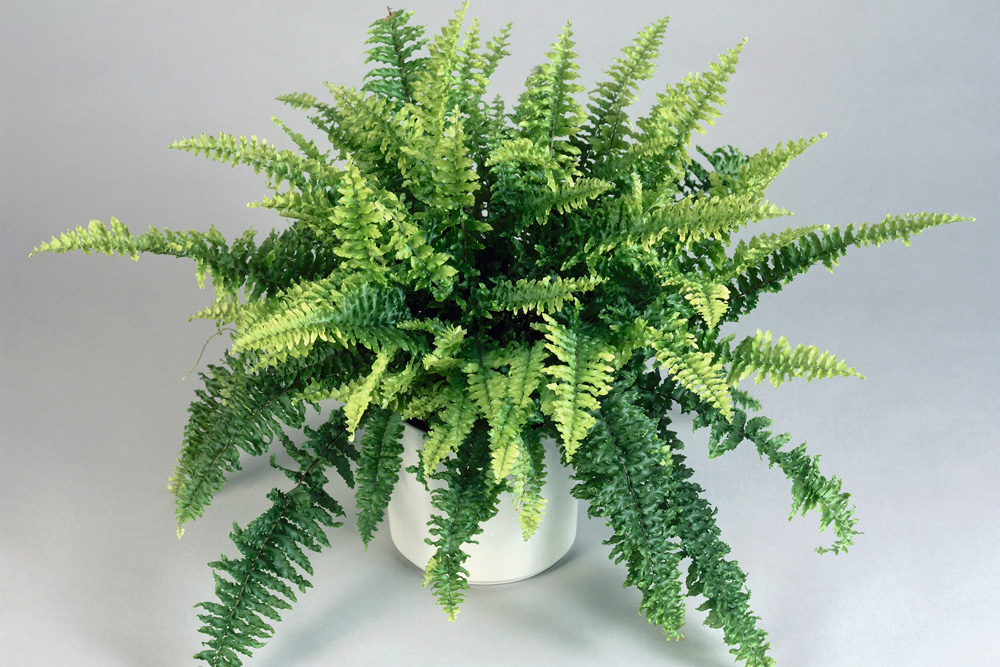
Boston Fern (Nephrolepis exaltata)
Boston ferns can be tricky to grow indoors. They need lots of filtered light and high humidity, so especially in winter you may need to keep a humidifier running. They also need temperatures of between around 18 and 23°C during the day and around 13 to 18°C at night to prevent fungus. However, Boston ferns are among the plants that are safe for children, cats and dogs.
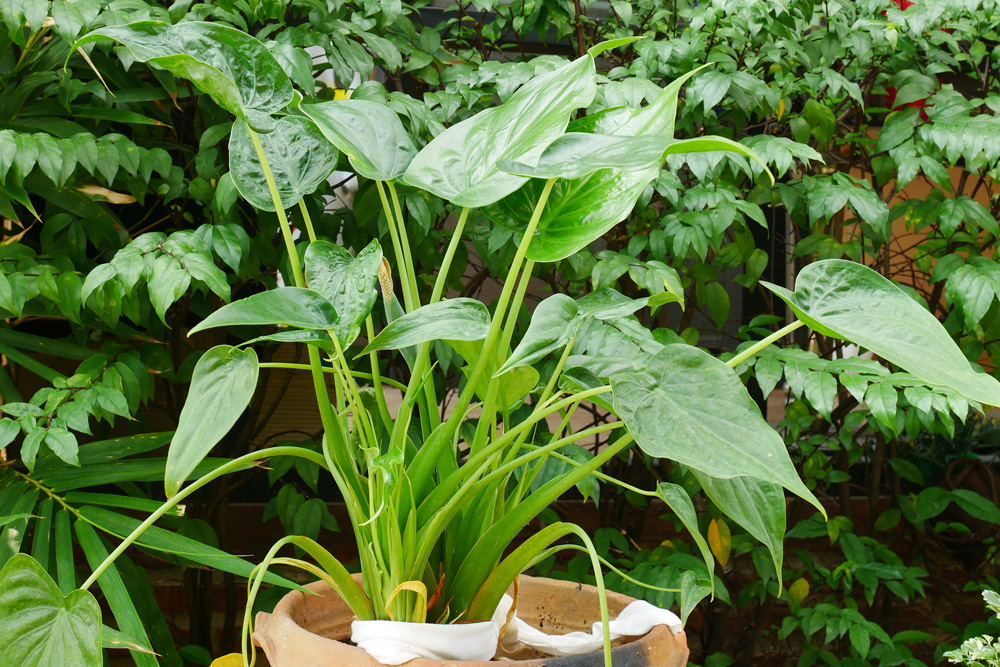
Elephant Ear (Alocasia spp.)
Native to the tropical and subtropical parts of Australia and Asia, elephant ears add a dramatic touch to any room. They need good light and humidity to thrive. You’ll need to mist the leaves frequently without leaving the leaves wet. You’ll also need to wipe the leaves clean once a week and protect the plant from pests such as spider mites.

Weeping Fig (Ficus benjamina)
The weeping fig is actually pretty tough. It doesn’t need lots of water and while it prefers bright sunlight, it can do well in shade too. It’s sensitive to cold and needs regular pruning, though. It’s also very sensitive to change: even if you just turn the plant around, it may drop its leaves until it has acclimatized.

Rose (Rosa spp.)
Roses have a bit of a reputation for being high maintenance plants. They need regular watering and fertilizing, trimming and pruning. If you keep them indoors, you need to provide them with enough sunlight, a humidifier and a fan for air circulation. Roses are extremely susceptible to pests and diseases and to add insult to injury – or injury to insult – their sharp thorns can really hurt you.

Banana Plant (Musa acuminata)
The banana plant is native to the tropics, so it requires constantly warm temperatures, plenty of sunlight and lots of water and feeding. Because of its extensive root system, you’ll have to repot it more often than most other plants too. You’ll also have to protect it against spider mites. However, if you do everything just right, your plant may reward you with bananas, even in Canada.
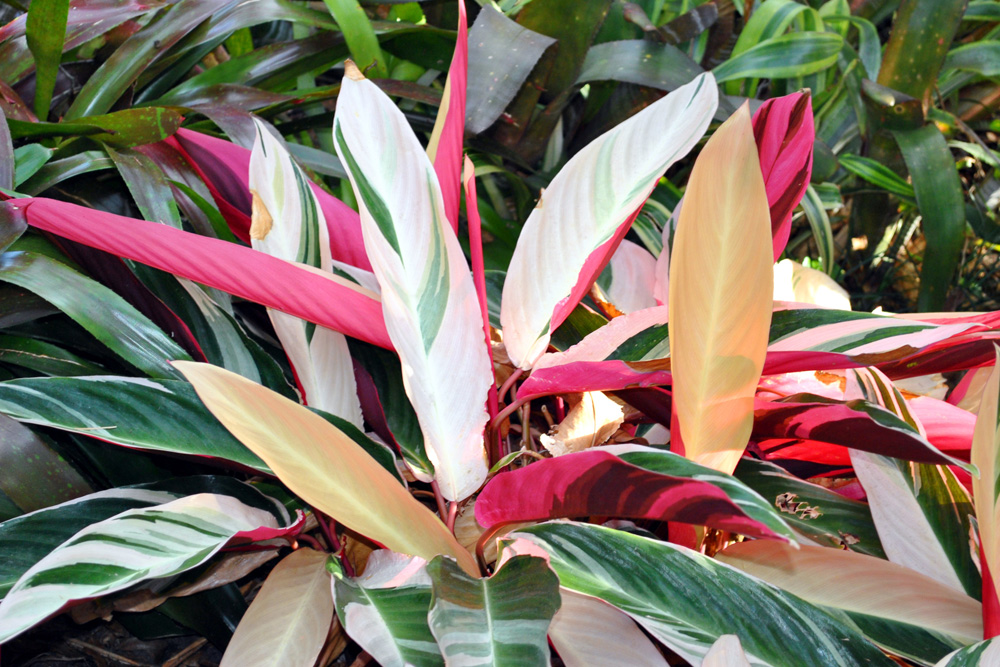
Stromanthe (Stromanthe spp.)
Stromanthe plants usually have variegated leaves, depending on the species. The more sunlight they get, the more variegated the leaves will be. Native to the tropical parts of the Americas, Stromanthe needs lots of humidity: you’ll need to mist the plant every day. However, this makes Stromanthe a good plant to have in the bathroom.
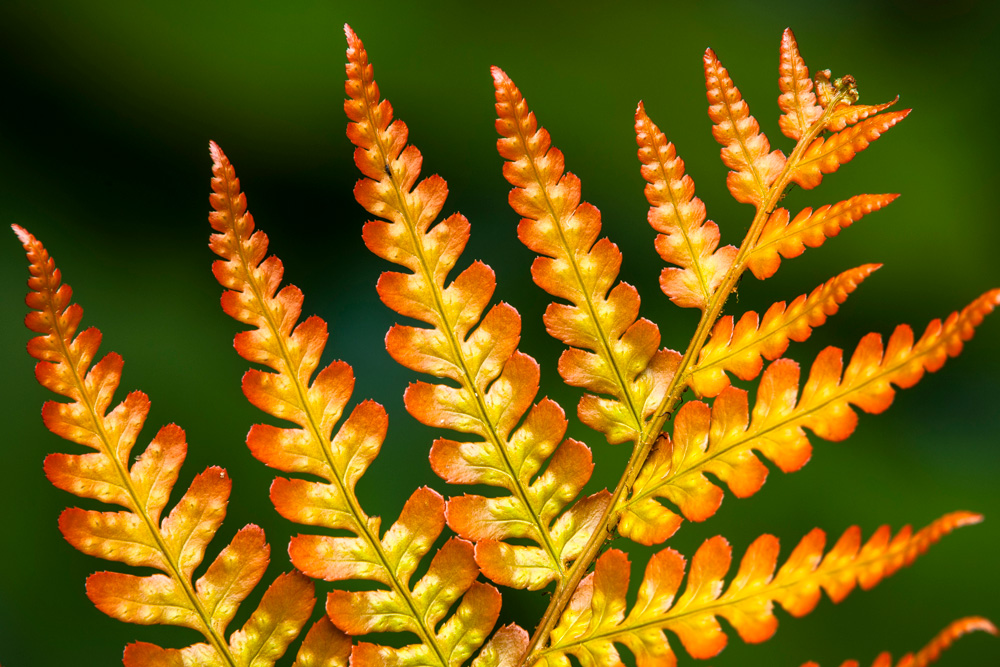
Autumn Fern (Dryopteris erythrosora)
Native to woodlands of East Asia, the autumn fern thrives in cooler temperatures. However, you need to watch closely how much sun the plant gets. It likes sun in the morning or late afternoon but not in the middle of the day and too much sun will kill the leaves.
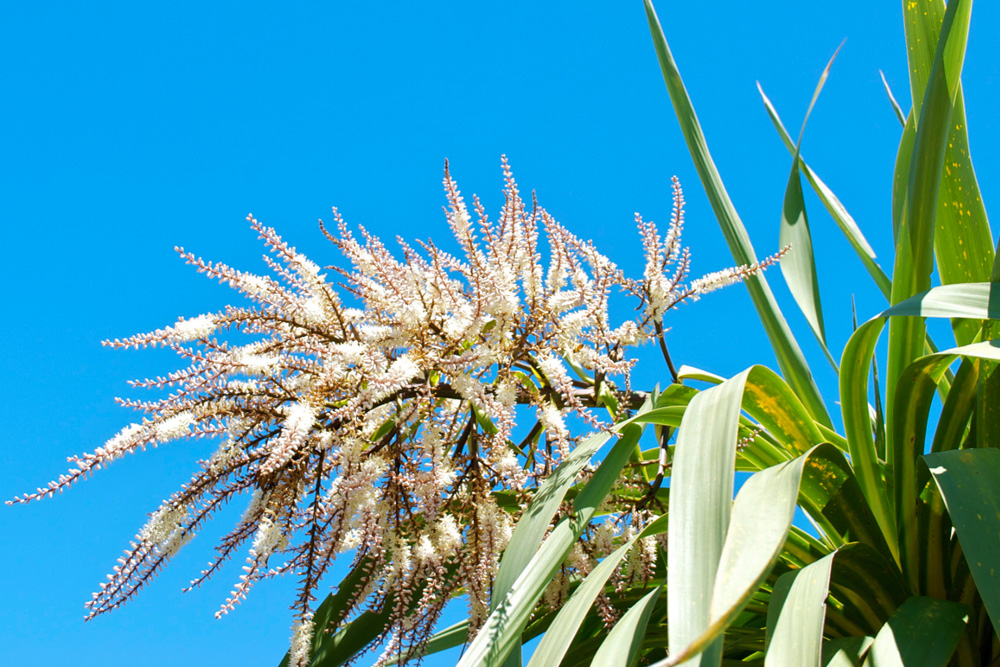
Cabbage Tree (Cordyline australis)
The cabbage tree with its fragrant white flowers is native to New Zealand. It’s a great plant to have on your deck or patio because it likes sun or partial shade, but you’ll have to bring it indoors in winter. It needs rich, fertile soil in a deep container. You’ll have to mist your cabbage tree regularly but keep an eye out for pests like spider mites and mealybugs. The plant is sensitive to chlorine, so don’t use water straight from the tap.

Cheese Plant (Monstera deliciosa)
The cheese plant can grow huge under the right conditions and may even produce delicious fruit. However, indoors it needs warm temperatures of between 20 and 30°C and enough bright light. If it gets too much sun, however, new leaves will not form holes in them. You also need to wash the leaves every week or two.

Gardenia (Gardenia spp.)
Gardenias are one of the best bedroom plants to help you get a better sleep. Indoors, gardenias need bright, indirect light and high humidity. However, the flowers will turn brown if water touches them. If you move your gardenia plant around, it won’t respond well. Gardenias are also very prone to pest infestations.
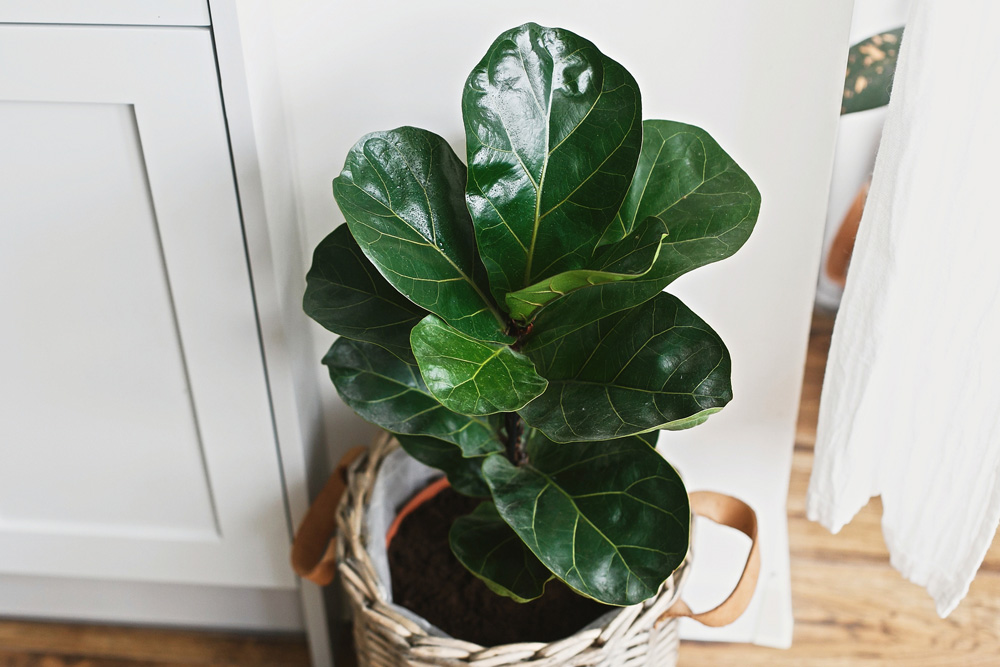
Fiddle-Leaf Fig (Ficus lyrata)
The fiddle-leaf fig can handle cooler temperatures but it’s very fussy about sunlight. If it gets too much sun, the leaves will turn brown and wither, but if it doesn’t get enough sun, the plant won’t thrive. The fiddle-leaf fig also doesn’t respond well to any changes in its environment, so you can’t just move the plant whenever you want to.
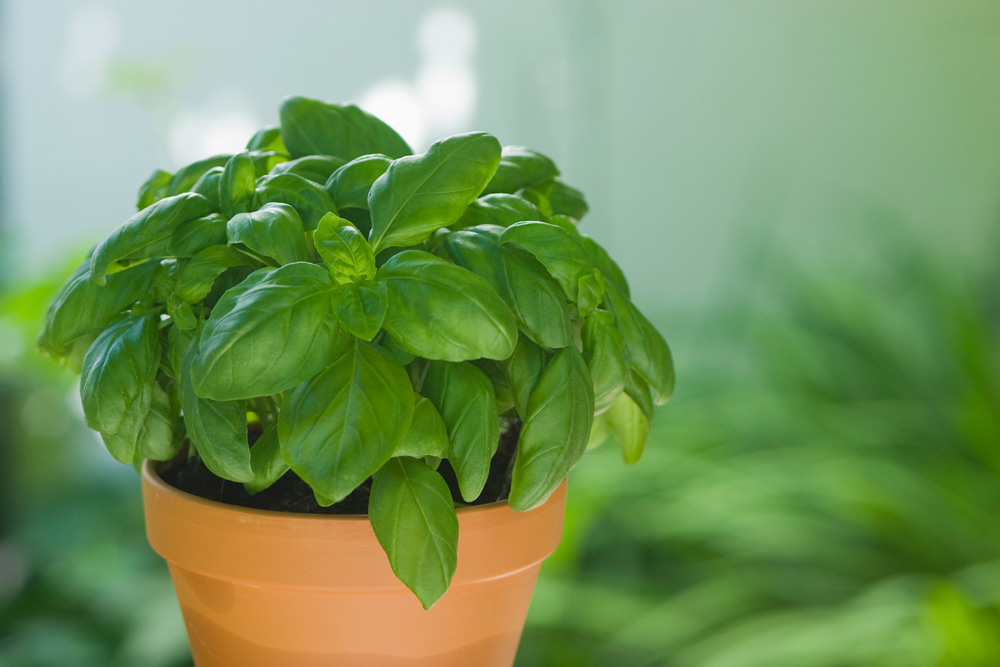
Basil (Ocimum basilicum)
Basil grows best outdoors but it doesn’t do well in cold conditions or when there is even the slightest chance of frost. This makes it difficult to grow basil outdoors in Canada. You can grow it indoors, but you’ll need to make sure that your plant gets at least six hours of direct sunlight every day, even in winter.
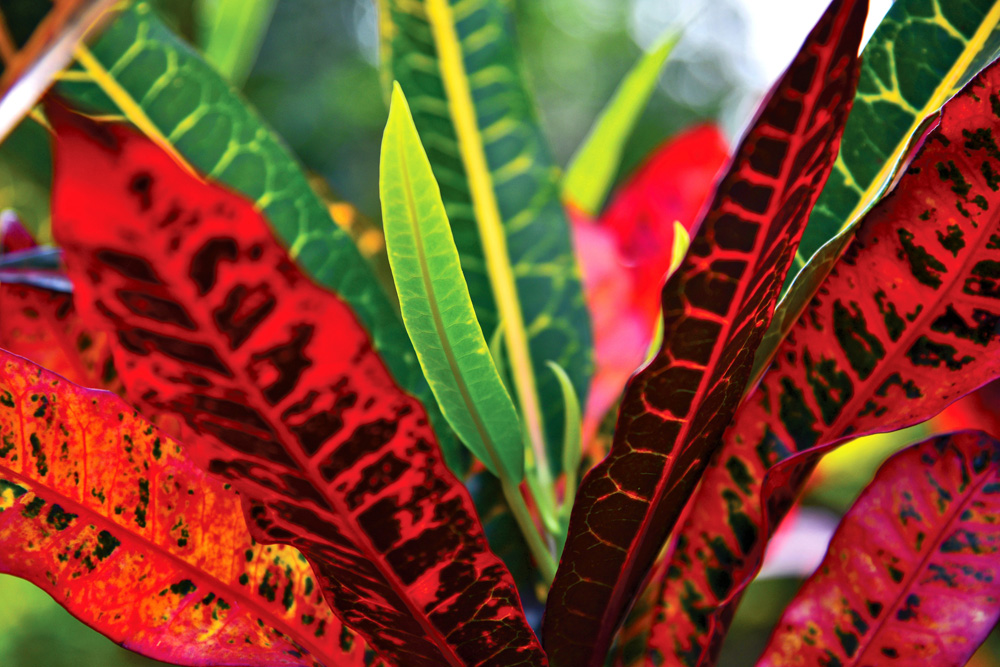
Croton (Croton spp.)
Crotons need enough bright light to keep their leaves variegated. If they don’t get enough light, the leaves will become a dull, dark green. Crotons are very sensitive to changes in their environment and can drop their leaves if you move them.
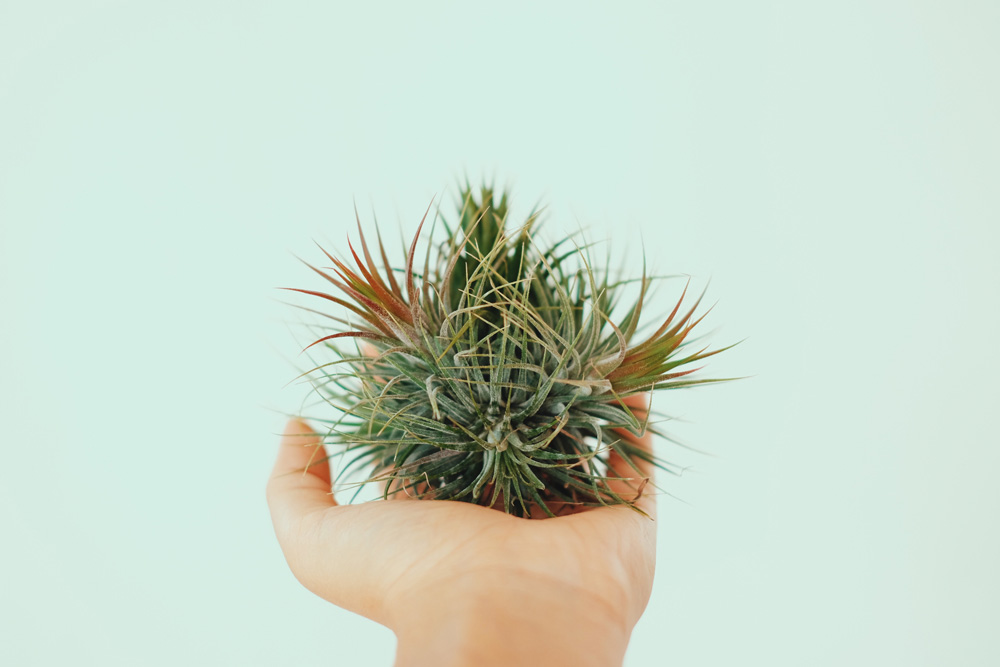
Air Plant (Tillandsia spp.)
Air plants are high maintenance and one of the easy-to-care-for indoor plants that go beyond succulents. Confused? Well, just because air plants don’t need soil to grow in doesn’t mean that you can just put them in a container with pretty pebbles and forget about them. They need strong light. You also need to water them frequently, either by spraying the leaves or dipping the plant in a container full of water. The water shouldn’t contain any calcium carbonate so rainwater from a mossy rooftop is best.
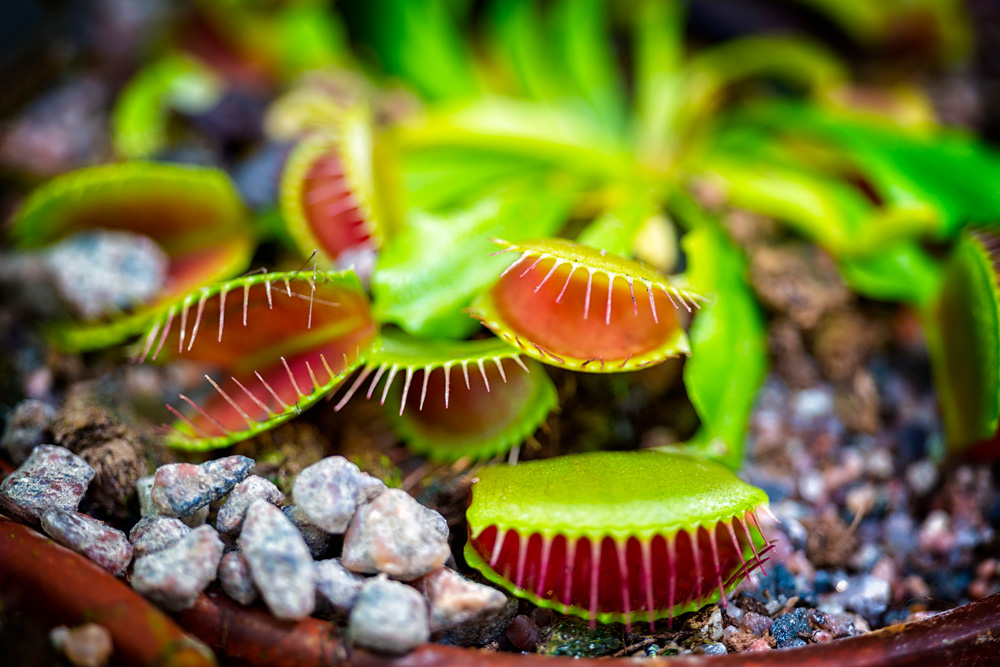
Venus Flytrap (Dionaea muscipula)
Venus flytraps are fascinating plants, but they demand a lot of attention. They grow best in sandy soil with peat moss and don’t like too many nutrients in the soil. You need to keep the soil moist at all times but should use only distilled water or rainwater, since tap water is too alkaline. However, the plant needs lots of sunlight, which tends to dry out the soil. You may also have to feed your Venus flytrap some small insects.
Home Network your inbox.
By clicking "SIGN UP” you agree to receive emails from Home Network and accept Corus' Terms of Use and Corus' Privacy Policy.



